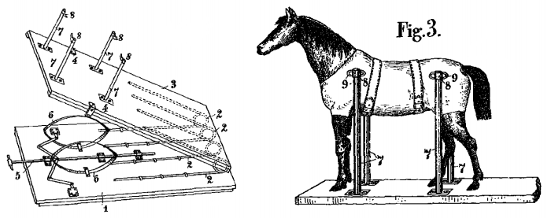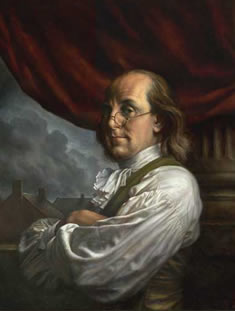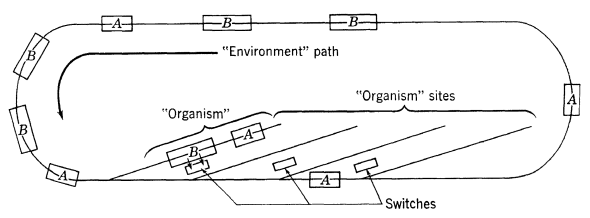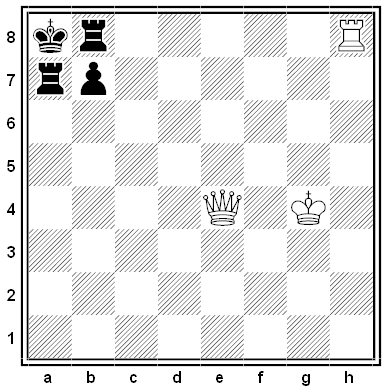Science fiction writer Murray Leinster predicted the Internet in 1946:
I got Joe, after Laurine nearly got me. You know the logics setup. You got a logic in your house. It looks like a vision receiver used to, only it’s got keys instead of dials and you punch the keys for what you wanna get. It’s hooked in to the tank, which has the Carson Circuit all fixed up with relays. Say you punch ‘Station SNAFU’ on your logic. Relays in the tank take over an’ whatever vision-program SNAFU is telecastin’ comes on your logic’s screen. Or you punch ‘Sally Hancock’s Phone’ an’ the screen blinks an’ sputters an’ you’re hooked up with the logic in her house an’ if somebody answers you got a vision-phone connection. But besides that, if you punch for the weather forecast or who won today’s race at Hialeah or who was mistress of the White House durin’ Garfield’s administration or what is PDQ and R sellin’ for today, that comes on the screen too. The relays in the tank do it. The tank is a big buildin’ full of all the facts in creation an’ all the recorded telecasts that ever was made — an’ it’s hooked in with all the other tanks all over the country — an’ everything you wanna know or see or hear, you punch for it an’ you get it. Very convenient. Also it does math for you, an’ keeps books, an’ acts as consultin’ chemist, physicist, astronomer, an’ tea-leaf reader, with a ‘Advice to the Lovelorn’ thrown in. The only thing it won’t do is tell you exactly what your wife meant when she said, ‘Oh, you think so, do you?’ in that peculiar kinda voice. Logics don’t work good on women. Only on things that make sense.
From Leinster’s story “A Logic Named Joe.” (Thanks, Bob.) See You’ve Got Mail.







